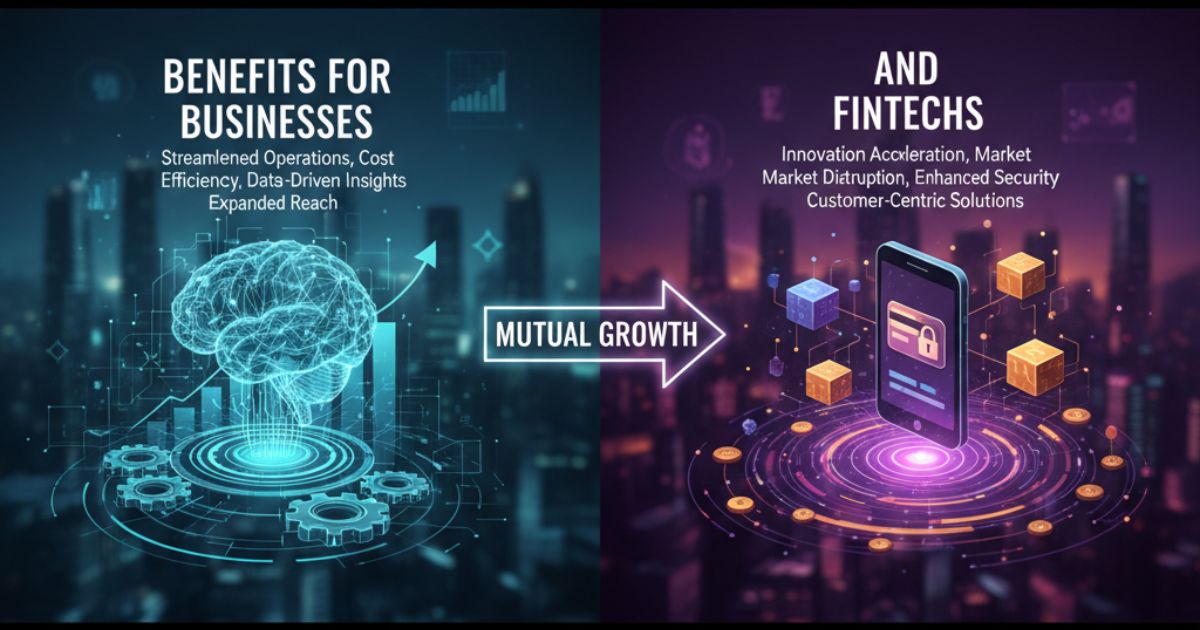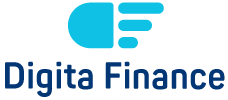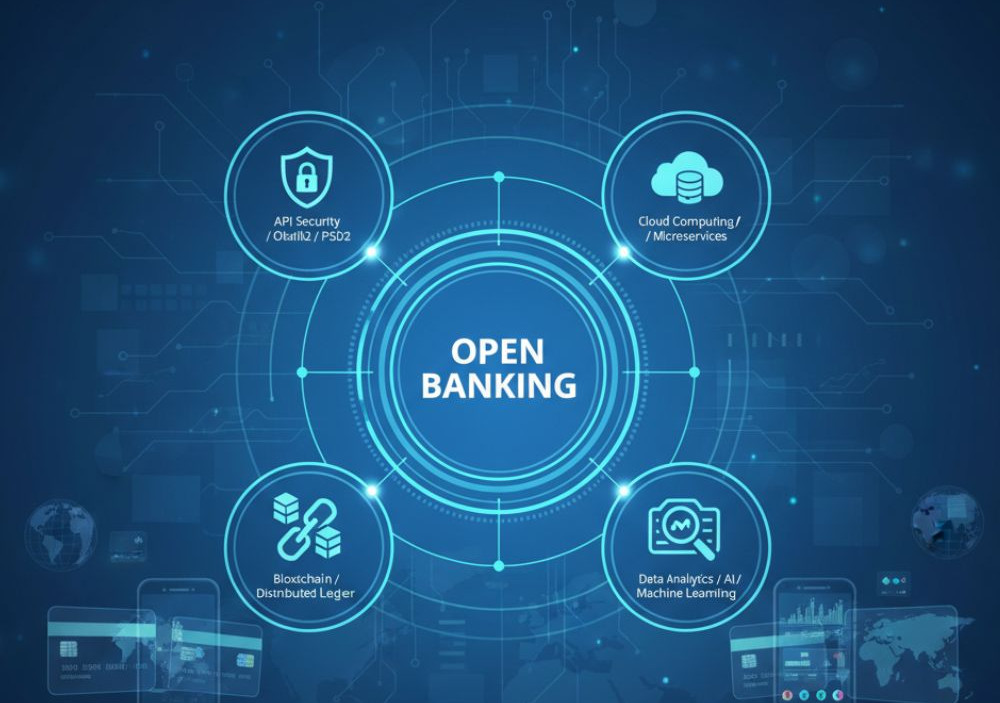The landscape of financial services is undergoing a profound transformation. Traditional banking models, long defined by closed systems and limited data sharing, are giving way to an open, interconnected ecosystem known as open banking. By leveraging secure application programming interfaces (APIs), financial institutions can share customer-permissioned data with third-party providers, fostering unprecedented innovation and competition. This shift promises personalized experiences, improved accessibility, and cost-effective solutions to consumers and businesses.
Stay with us, we will explore the principles behind open banking, the enabling technologies, its multifaceted benefits, the regulatory frameworks that govern it, real-world use cases, and the future trends shaping this digital finance revolution.
Understanding Open Banking
Open banking refers to a framework in which banks and other financial institutions provide regulated third parties with access to customer data via secure APIs—such as transaction histories, account balances, and payment initiation. This model contrasts sharply with the traditional approach, where institutions controlled all customer data and services in isolated silos. By embracing open banking, banks become data platforms facilitating collaboration, enabling fintech startups, digital wallets, and established firms to build value-added services. Customers benefit from transparency and choice: they can opt in to share specific data with trusted providers, empowering them to compare rates, receive tailored financial advice, automate payments, and manage their finances more effectively under one consolidated interface.
Key Technologies Behind Open Banking

Several core technologies underpin the open banking revolution. First, secure APIs are conduits for standardized data exchange, leveraging RESTful protocols and JSON or XML payloads. OAuth 2.0 and OpenID Connect provide robust authorization and authentication mechanisms, ensuring that customers explicitly grant access to their data while protecting against unauthorized use. Additionally, tokenization and encryption safeguard sensitive information in transit and at rest. Cloud computing platforms offer the scalability and resilience needed to handle dynamic workloads and high transaction volumes. Finally, advanced analytics and artificial intelligence enable real-time insights and automated recommendations, turning raw data into actionable guidance for end users and businesses.
Benefits for Consumers
Open banking delivers a host of advantages to consumers. By consolidating accounts from multiple banks into a single dashboard, users gain a holistic view of their finances, simplifying budgeting and expense tracking. Personalized financial management apps can analyze spending patterns and offer tailored savings plans or alerts for unusual transactions. Payment initiation services allow customers to execute funds transfers directly from third-party platforms, often at lower fees than traditional card networks. Moreover, greater transparency means easier access to competitive loan offers, credit comparisons, and investment products. Ultimately, open banking democratizes financial services, placing control back into the hands of individuals and driving higher levels of engagement and economic well-being.
Benefits for Businesses and Fintechs

Businesses also reap significant rewards from open banking. Small and medium-sized enterprises (SMEs) can integrate accounting software with bank accounts to automate invoicing, reconciliation, and cash flow forecasting. Lenders can leverage real-time transaction data to refine credit scoring models and extend financing to underserved segments. Fintech startups gain faster time-to-market by tapping into existing banking infrastructures without needing full banking licenses. Additionally, banks that embrace open ecosystems can create new revenue streams by offering premium data analytics, white-label solutions, and partner marketplaces. Collaboration between incumbents and innovators fosters a dynamic environment where rapid experimentation improves product-market fit and increases customer loyalty.
Security and Privacy Considerations
Despite its benefits, open banking raises legitimate security and privacy concerns. Financial institutions and third-party providers must adhere to stringent regulatory standards such as PSD2 in Europe or the Open Banking Standard in the UK to mitigate risks. Multi-factor authentication, continuous monitoring, and anomaly detection platforms are critical to detecting and preventing fraud. Data minimization principles and consent dashboards give consumers granular control over what information is shared and for how long. Privacy-preserving technologies like differential privacy or homomorphic encryption are emerging to enable analytics on aggregated data without exposing individual details. By building trust through transparency and robust safeguards, the open banking ecosystem can maintain high security while delivering innovation.
Regulatory Landscape
Regulation plays a pivotal role in shaping open banking. The revised Payment Services Directive (PSD2) in the European Union mandates that banks provide API access to licensed third-party providers, subject to strict security and supervision criteria. Similarly, the UK’s Open Banking Implementation Entity (OBIE) defines technical standards and customer experience requirements. Other regions, including Australia, Canada, and parts of Asia, are developing analogous frameworks. Regulators aim to balance consumer protection, competition, and innovation by enforcing licensing regimes, data security standards, and dispute resolution processes. Proactive collaboration between industry stakeholders and rule-makers is essential to harmonize cross-border interoperability and to address emerging challenges such as digital identity and cross-institution credit risk management.
Real-World Use Cases
Open banking is already enabling transformative applications across retail and corporate finance. Personal finance management apps like Yolt and Emma provide spending insights and budgeting tools by aggregating multiple accounts. Digital lenders use account transaction histories to underwrite small loans in minutes, reaching gig economy workers who lack traditional credit files. Accounting platforms like Xero and QuickBooks integrate bank feeds for real-time bookkeeping and automated reconciliation. E-commerce platforms harness payment initiation APIs to offer one-click checkout directly from a consumer’s bank account, reducing cart abandonment rates. Corporate treasury teams leverage aggregated cash flow data to optimize working capital management. These examples demonstrate how open banking is not just a theoretical concept but a live catalyst for efficiency and customer-centric innovation.
Future Trends in Open Banking
Looking ahead, several trends will drive the next phase of open banking. Embedded finance will see non-financial brands integrating financial products powered by open APIs seamlessly into their customer journeys. Banking-as-a-Service (BaaS) platforms will expand, allowing startups to launch specialized financial offerings without a full banking license. Decentralized finance (DeFi) concepts may converge with regulated open banking to create hybrid models that combine licensed institutions’ trust with blockchain programmability. AI-driven personalization will evolve into proactive advisory services, forecasting customer needs before they arise. Finally, greater international standardization efforts will enable global data portability and cross-border payment innovations, ushering in a truly borderless digital finance ecosystem.
Conclusion
Open banking represents a landmark shift in digital finance, redefining how data, services, and customer experiences interconnect. By embracing API-driven collaboration, financial institutions, fintech innovators, and regulators are co-creating an ecosystem that places consumers at its heart. Enhanced transparency, personalized offerings, and seamless integrations are just the beginning—future developments in embedded finance, AI, and cross-border interoperability promise even greater value. Open banking offers businesses and individuals a pathway to more efficient, secure, and inclusive financial services. As this revolution unfolds, staying informed and collaborating with trusted partners will be key to unlocking the full potential of open banking in the digital era.








Harnessing AI and Machine Learning for Fraud Detection in Digital Finance
Digital Wallets vs. Traditional Banking: What Consumers Need to Know
What Are Digital Finance Tools
Top 10 Fintech Trends To Look Out for 2025
Embedded Finance: How Seamless Financial Services Are Integrating into Everyday Apps
AI-Powered Credit Scoring: Revolutionizing Digital Lending in the Digital Finance Era
Harnessing AI in Digital Finance: Revolutionizing Risk Management and Customer Experience
How Open Banking APIs Are Revolutionizing Digital Finance?